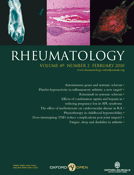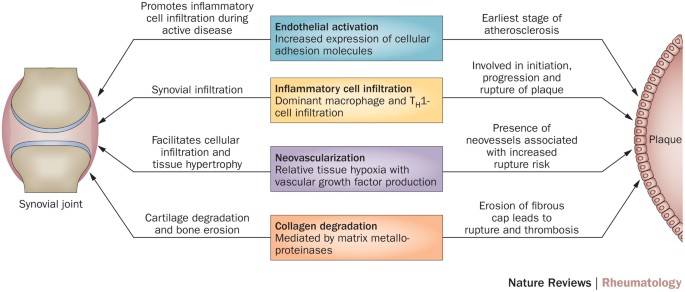I just stumbled upon this case report. Methotrexate is a chemotherapy agent and immune system suppressant, so it is not a drug to use unless strictly necessary. It is an interesting case report nonetheless and it appears that psoriasis and androgenic alopecia share some of their pathogenesis. It is worth investigating if more psoriasis treatments could also be useful to treat androgenic alopecia.
https://pubmed.ncbi.nlm.nih.gov/24153140/
We report the case of a 64-year-old man with androgenetic alopecia who was started on methotrexate therapy for treatment of psoriasis after traditional modalities failed. Following treatment with methotrexate, he noted hair regrowth on the scalp. We propose that methotrexate may inhibit gonadal steroidogenesis, therefore leading to lower testosterone levels, or may increase testosterone aromatization at the hair follicles. These mechanisms may account for the hair growth observed in our patient, which indicates that partial reversal of androgenetic alopecia may be a side effect of methotrexate therapy.
https://pubmed.ncbi.nlm.nih.gov/24153140/
We report the case of a 64-year-old man with androgenetic alopecia who was started on methotrexate therapy for treatment of psoriasis after traditional modalities failed. Following treatment with methotrexate, he noted hair regrowth on the scalp. We propose that methotrexate may inhibit gonadal steroidogenesis, therefore leading to lower testosterone levels, or may increase testosterone aromatization at the hair follicles. These mechanisms may account for the hair growth observed in our patient, which indicates that partial reversal of androgenetic alopecia may be a side effect of methotrexate therapy.






